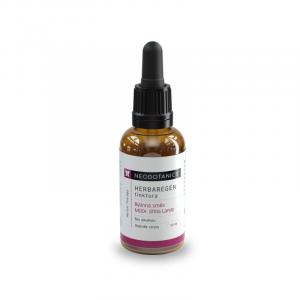Benedict of Medicine (Cnicus benedictus)
Other names: Chubet benedictus, Centaurea benedicta, Carbenia Benedicta, Carduus benedictus, Holy Thistle, Blessed Thistle
Harm score: 1 (Natural substances)
Benedict, also known by the names Chubet benedict, Centaurea benedicta, Carbenia Benedicta, Carduus benedictus, Holy Thistle or Blessed Thistle, is an herbaceous plant belonging to the star family. This annual is native to the Mediterranean and is grown as an ornamental plant in our conditions. Thanks to its distinctive and unmistakable appearance - spiky stems and leaves, yellow flowers and peculiar pods - it is often seen in herb gardens. However, Benedictine is known for its medicinal properties, enriched with bitter substances, mucilage, glycosides or tannins, which makes it particularly useful in medicine for treating stomach disorders, lack of appetite and as a diuretic.
Benedictine is used in traditional folk medicine in the form of decoctions and tinctures, either alone or in combination with other medicinal herbs. Decoctions of this herb are known for their stimulating and tonic effect on the digestive system. Benedictine is also included in many herbal teas that aid digestion. Its extract is also often added to dietary supplements designed to promote digestive health and overall vitality. As early as the Middle Ages, Benedictine was one of the main ingredients in the so-called "Benedictine elixir", an alcoholic drink used both to heal and strengthen the body.
Benedict of Medicine (Cnicus benedictus) can be found in the following products

Benedict's Fenugreek, 60 60 capsules
Product detail
TrioHerb - support milk production, lactation and breastfeeding, 60 capsules
Product detail